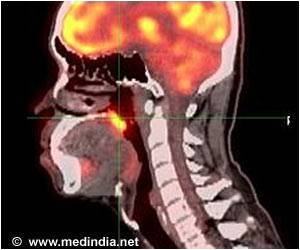Highlights:
- Japanese children have similar gait patterns and gait characteristics as children in other affluent nations, but their levels of development vary.
- Differences in lifestyle, build and cultural factors might be the reason for these developmental differences in the walking pattern.
- The findings could help determine the effectiveness of orthopedic treatment and rehabilitation for gait disorders.
New research suggests how the development of walking patterns in Japanese children differs from that of children in other countries.
Most daily actions rely on the complicated, unconscious motor pattern known as gait. It is a series of knee, foot, and hip motions. Walking patterns are crucial for assessing the quality of life and health status from a medical standpoint. Researchers are trying to understand the forces that go into gait for better treatment of movement problems in people. However, data on age-related gait characteristics in children are scarce in Japan.
‘Japanese children, aged 6-12 years, walk differently compared to kids from other countries.’
The normative gait pattern of Japanese children was established by a team of researchers that included Tadashi Ito and Hideshi Sugiura from Nagoya University’s Department of Integrated Health Sciences, as well as Koji Noritake and Nobuhiko Ochi from the Aichi Prefectural Mikawa Aoitori Medical and Rehabilitation Center for Developmental Disabilities. Using a 3D gait analysis system, they investigated age-related variations in lower limb motions made while walking. The team discovered that the observed gait of Japanese elementary school students varied depending on their age and reported their findings in Scientific Reports. Although typical Japanese children between the ages of 6 and 12 have similar gait patterns and gait characteristics to children in other affluent nations, their levels of development vary.
Dr Ito and his associates discovered four significant disparities between age groups. In the 11-12 age group, compared to the 6-8 age group, there was an increase in cadence or the number of steps taken in one minute. Second, children between the ages of 11 and 12 had shorter steps and strides than kids between the ages of 9 and 10. Third, throughout the gait developmental cycle, children aged 11 to 12 showed fewer knee range of motion. Fourth, a higher plantarflexion moment- the action made when your toes point outward at the outset of walking- was seen in older children.
“We believe that differences in lifestyle, build and cultural factors all affect Japanese children’s gait. This is not likely to affect the health of Japanese children. But it does indicate characteristics different from those of children in other countries. These results provide an important tool for assessing normal and pathological gait and can determine the effectiveness of orthopedic treatment and rehabilitation for gait disorders,” said Dr Ito.
Source-Medindia














